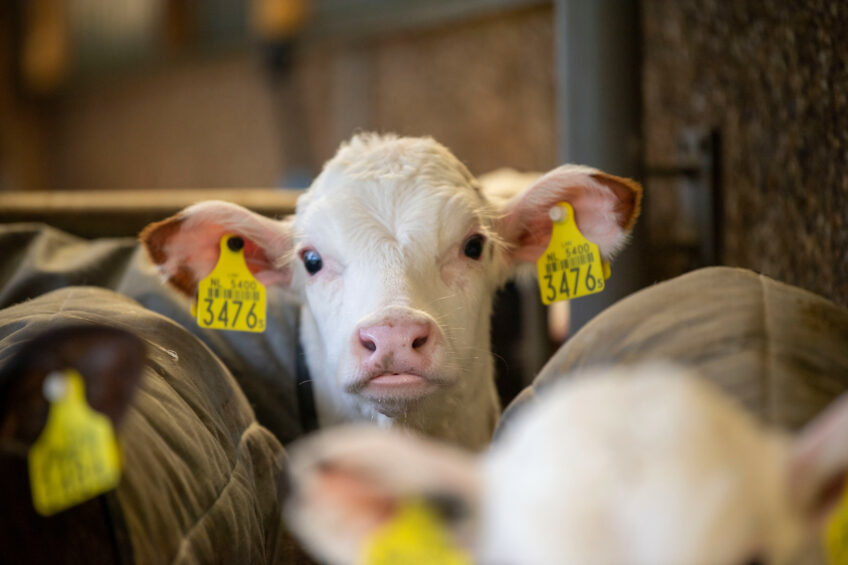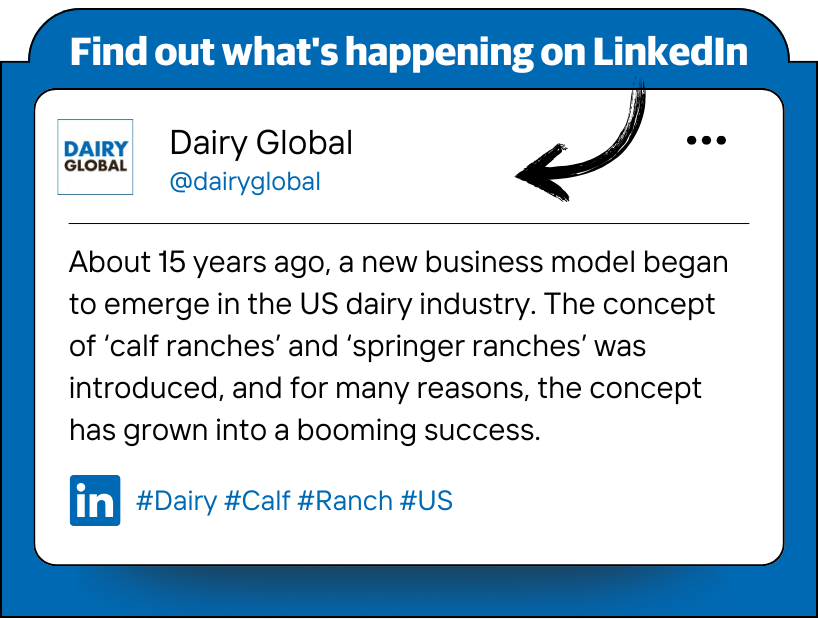6 nutrition strategies that impact rumen development in calves

Proper nutritional strategies during the postnatal and weaning period can drastically affect rumen and rumen microbiota development, with subsequent long-term benefits for adult cattle. In this article we discuss the effect of diet composition and particle size on early rumen development in calves.
Rumen development affects feed intake, production performance, and the health of dairy calves. Here we look at 6 nutritional strategies and their role in rumen function and development in calves.
 Liquid diet
Liquid diet
Liquid feeds such as colostrum contain biologically active substances that affect plasma concentrations of growth factors and steroid hormones, and which stimulate proliferation of rumen epithelial cells. Colostrum intake promotes digestion and absorption in dairy calves’ digestive tract. Providing a whole milk diet early in life improves milk yield during the first lactation. Studies have shown that using soy proteins in milk replacers increases the pH in the rumen, reticulum, and omasum, which hinders development of ruminal epithelium, so adding an acidifier might be beneficial. In addition, modifying the nutriant level in the milk replacer alters the expression of genes responsible for rumen epithelial growth.
 Fermentable carbohydrates
Fermentable carbohydrates
Fermentable carbohydrates in a calf’s diet enhance the production of volatile fatty acids which are required for rumen epithelium development. Feeding corn and wheat-based diets increases ruminal ammonia, acetate, propionate, and butyrate concentrations, provides energy for rumen wall thickening, papillae formation, and capillary development, and improves gene expression in the ruminal epithelium. Feeding starch and pectin-based diets improves mucosal thickness. Although, adding excessive amounts of fermentable starter feed decreases ruminal pH and motility, and leads to rumination acidosis.
 Forage
Forage
Forage has a low digestibility and provides less energy compared to the starter feed which improves rumination and ruminal pH in both pre-weaning and post-weaning calves. On the other hand, feeding forage decreases the voluntary intake of fermentable carbohydrates and reduces the risk of subacute ruminal acidosis. In addition, feeding dietary forage alters the ruminal microbiota composition and reduces non-nutritive oral behaviours during post-weaning period. Furthermore, adding forage in the starter feed improves rumen muscular and epithelial development, and decreases plaque formation. Feeding alfalfa hay in the starter diet increases rumen pH, thus stimulating chewing activity.
 Probiotics
Probiotics
Feeding probiotics improves rumen microbial balance, promotes rumen development, and facilitates transition from liquid feed to dry feed and forage. Adding Saccharomyces cerevisiae and Bacillus licheniformis improves rumen microbiota and morphology and enhances nitrogen usage and rumen fermentation patterns. Supplementing Bacillus subtilis in starter feed increases cellulolytic bacteria development in post-weaning calves.
 Volatile fatty acids
Volatile fatty acids
Including sodium propionate or sodium butyrate increases the length and width of rumen papillae and reticulorumen weight in calves and lowers degenerative tissue accumulation. Supplementing the diet with isobutyrate and isovalerate accelerates rumen enzyme activity and fermentation, thus improving growth performance.
 Feed particle size
Feed particle size
Feed particle size and physical form affect the anatomical and microbial development of the rumen. Feeding a ground diet decreases papilla length and surface area, reduces the relative abundance of cellulolytic bacteria and increases the population of amylolytic bacteria in rumen. Finely ground diets decrease ruminal pH and cause parakeratosis. Increasing particle size of alfalfa hay reduced oral behaviours in calves and improved nutrient digestibility. On the other hand, chopping hay grass decreases chewing time and the diversity of rumen microbiota.
Conclusion
Dietary alterations including adding high-quality liquid feed, readily fermentable carbohydrates, high-graded forage, probiotics, and volatile fatty acids improves early rumen development in dairy calves. In addition, feeding pellet or texturised feed is preferable to a finely ground diet. However, further studies are required to determine the optimal inclusion rate of each nutrient to better promote rumen development.






